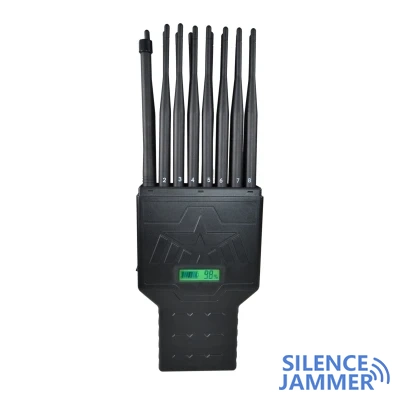The threat posed by the widespread use of drones
- In recent years, several airports have been forced to close due to drone incidents. Similar incidents have occurred in Dubai, Copenhagen and London Heathrow Airport in the past. Usually, airports are closed for half an hour to an hour to ensure that drones no longer pose a threat. However, a recent incident at Gatwick Airport caused flights to be suspended for more than a day, about 900 flights were canceled, 120,000 passengers were affected, and huge economic losses were caused.
- The widespread use of drones poses a potential security threat to places such as airports. Although countries have introduced relevant regulations to prohibit drones from flying in sensitive areas such as airports, there are still many people who challenge the safety order of airports due to ignorance or deliberate violations of regulations.
- Hermansen pointed out that five years ago, almost no one paid attention to the airspace below normal flight altitude, because there would be almost no other aircraft flying at an altitude of 200 to 300 meters unless they were close to the airport.
- The threat of drones is not limited to airports. In some cases, drones are used by criminals for illegal activities, such as smuggling contraband items such as drugs and mobile phones into prisons. More seriously, drones are also used for terrorist activities. Hermansson mentioned that improvised explosive devices (IEDs) were widely used in the conflicts in Iraq and Afghanistan. Now these IEDs are no longer buried on the roadside, but are tied to drones and flown to targets for attacks.
Drone jammer system protects European airports and public places
To meet this challenge, MyDefence has developed a drone alarm and jammer system called KNOX. The system works like a drone signal detector plus a drone signal jammer. Radio frequency sensors monitor the wireless spectrum to look for control signals or video transmissions used by drones. Once a threat is detected, the system will send a jammer device signal to make the drone lose contact with the pilot, forcing the drone to return or land.

Currently, MyDefence's anti-drone system is being tested at multiple locations in Europe and Israel. Hermansson said they hope to complete all demonstrations and tests in the next six months and further promote the application of the technology.
Conclusion
Looking to the future, Hermansson believes that drones will become an indispensable part of our daily lives, and anti-drone technology will play a key role in ensuring the safe use of drones. With the increasing application of drones in logistics, commerce and other fields, anti-drone technology will provide important guarantees for the safe operation of these emerging industries.




